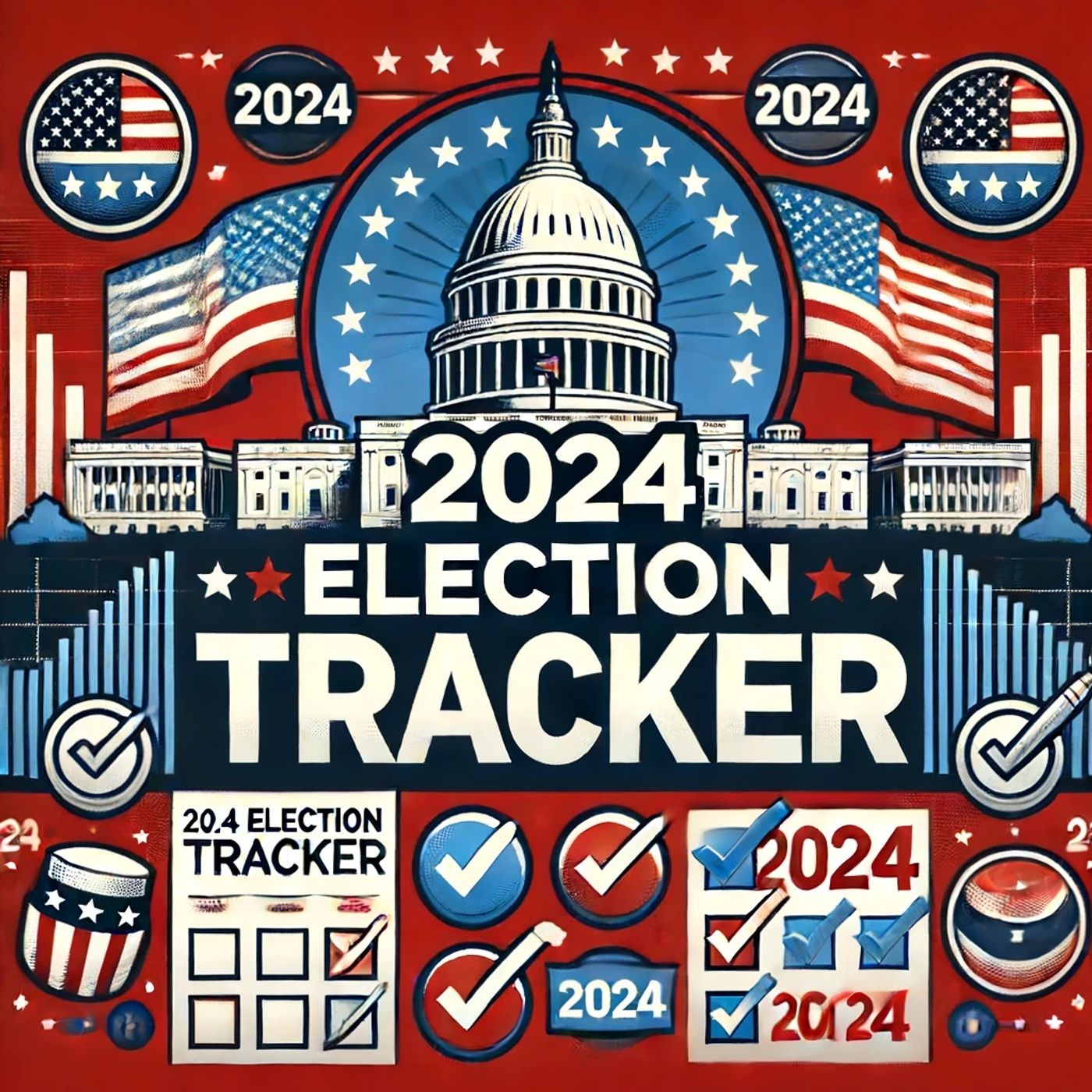
"Kamala Harris Poised for Historic 2024 Bid: Gender Dynamics Shaping the Race"

2024 Election Tracker - US President
Shownotes Transcript
The 2024 U.S. presidential election marks a pivotal moment for Vice President Kamala Harris, as she stands as the clear favorite to secure the Democratic nomination despite the necessity to appeal to both critics within her own party and the broader electorate. The dynamics of her potential candidacy introduce complex layers into the political landscape, particularly in terms of gender politics.As the election nears, analysis reveals that should a race between Donald Trump and Kamala Harris materialize, issues of gender and masculinity are poised to take a prominent role in national discussions. Harris's candidacy brings gender dynamics to the forefront, challenging traditional narratives and potentially reshaping voter perceptions on leadership qualities considered presidential.This attention to gender is not new to U.S. elections, but Harris's position as a female candidate in what could be a highly contentious race against a male opponent known for his brash style of masculinity intensifies the scrutiny and discussion. The media, often criticized for its role in shaping electoral opinions through varied representations of candidates, finds itself with a critical role in how gender dynamics are addressed and conveyed to the public.Moreover, the political environment surrounding the 2024 election has been dubbed a "chaos campaign" by some observers due to several unprecedented developments. Among these is the controversy revolving around calls from Republican circles for President Biden to resign, alleging concealment of his health condition, for which they seek to hold Vice President Harris complicit. This has added layers of complexity to her campaign, intertwining her electoral ambitions with broader accusations and conspiracies that could influence voter sentiment.Harris’s journey to potentially becoming the Democratic frontrunner is seen not only as a test of her political acumen and ability to navigate through intense partisan and intra-party challenges but also as a significant moment in American politics regarding the evolution of gender roles in high office. Her visibility as a candidate in the 2024 election thus serves as both a symbol and a battleground for ongoing debates about gender, power, and leadership in the United States. The outcome of this election could very well hinge on how effectively she can harness these dynamics to her advantage, offering critical insights into the changing contours of American electoral politics.